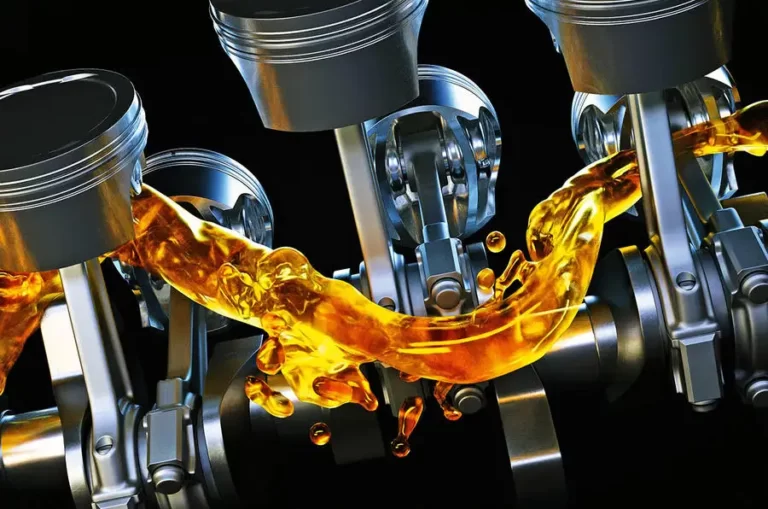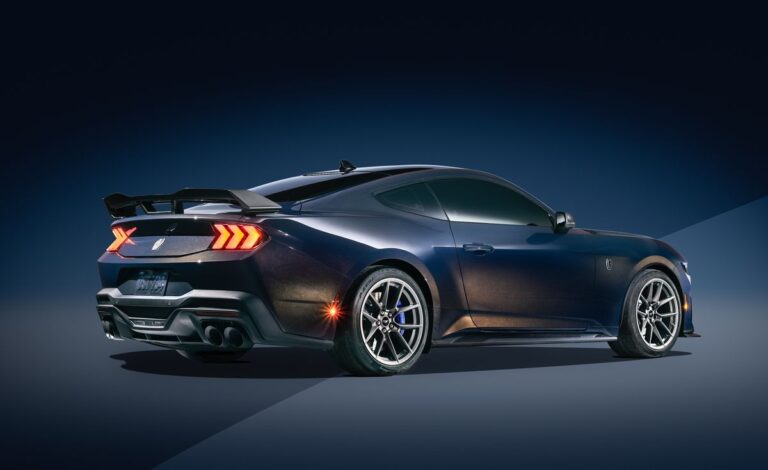Dominated by premium offerings, this chart is populated by some of the best family SUVs on the road – vehicles that can cope with the school run as well as tackling wintry conditions, mildly rugged terrain, trips to the tip, towing duties and long-distance motorway cruising.
It’s a hotly contested and strategically important segment where style, safety and space rank at the top of the agenda for buyers, while the ability to seat seven is often desirable.
Despite a lack of variety in the styling and approach taken by many, it’s now a fairly diverse segment that has attracted different brands into the fold of SUV making.
Many models are now available as tax-friendly plug-in hybrids and EVs, too, as manufacturers scramble to grab a bigger slice of the increasingly emissions-conscious fleet market.
Here are our favourites.
1. Land Rover Discovery Sport
The Discovery Sport is the entry-level Land Rover in the range, but that doesn’t mean its short on the brand’s trademark capability, comfort or charm.
Face-lifted for 2019, the Discovery Sport sits on the same PTA platform as the Range Rover Evoque but hasn’t lost out on any of the characteristics that we liked about the original. It’s still higher-riding than many of its opponents, affords better visibility and off-road capability that’s pretty much unrivalled. And whilst it feels more like a traditional SUV from behind the wheel, it actually handles in an impressively tidy fashion, with accurate steering, good body control and surprising agility.
It has a practical interior – a huge selling point in this segment being the available of seven seats for those who need them – that has now been given a much needed lift in premium appeal and also fitted with Land Rover’s latest Pivi Pro infotainment set-up, helping give it a similar feel to the firm’s upper crust Range Rover offerings.
Its petrol and diesel engines are now supplemented by 48V mild-hybrid architecture in a bid to improve fuel economy, but the particularly slick P300e plug-in hybrid version is the stand-out version, with its usefully long electric-only range – although the need to accommodate the motor and battery pack means there’s no seven-seat option on this version.
If you want a family SUV with more versatility and off-road ruggedness than the class average, the Discovery Sport delivers that with very few compromises. Still one of the best 4x4s by far.
2. Hyundai Santa Fe
From value-for-money bargain basement brand to genuine premium player, Hyundai’s head-spinning progress over the last decade or so almost beggars belief. Yet you only need to take a cursory look around the Santa Fe to appreciate just how far the Korean firm has come. A winner in the 2022 Autocar Awards, the recently revised SUV features distinctive looks and a spacious and classy cabin, plus a range of electrified drivetrains that are as financially attractive to private buyers as they are fleet customers.
It’s not the most exciting car to drive, but the steering is light and precise and the Hyundai handles corners with surprising composure for something so tall and heavy. It’s at its best when taking it easy, which is no bad thing when you consider its family-friendly credentials. The relatively soft suspension can become a little discombobulated over really challenging surfaces, but the rest of the time the Santa Fe is refined and relaxing companion that’s as happy mooching about town as it is taking in a long haul trip. There’s a choice of plug-in and ‘self-charging’ turbocharged 1.6-litre hybrid engines, the former packing 262bhp and an all electric range of 36 miles (which means it misses out on the lowest PHEV company car tax rate of eight percent). There’s even an unfashionable 2.2-litre diesel, although this muscular unit is great for towing.
Yet key to the Santa Fe’s appeal is interior, which blends a real upmarket vibe with plenty of space. Unlike many seven-seat rivals, there’s actually room in the third row for adults plus access is fairly straightforward. There’s a vast boot too, with 571-litres with five seats in place and a cavernous 1649-litre with all the second and third rows folded flat. Quality is excellent, with numerous high grade materials, loads of standard kit and a decent infotainment set-up.
Sure it’s not the most exciting, but when you need a car that fits seamlessly into family life the Hyundai takes some beating.
3. Audi Q5
It’s hard to pick faults with such a classy and consummate all-rounder as the Audi Q5, although slightly anodyne handling is what will prevent it from really appealing to keener drivers. This shortcoming hasn’t prevented the Q5 from emulating the sales success of its predecessor, though, which was a car that became the best-seller in its segment in nearly every country in which it was offered.
Although a pricey option with a long options list, the Q5 is quiet, practical and desirable, with outstanding driving refinement and material finish. And if you prefer your SUVs with a little more style and less utility, there’s now a swoopy-roofed Sportback version as well.
The Q5 received a pretty wide-reaching facelift for 2020, with efficiency-boosted mild-hybrid engines going in under the bonnet, some new digital technology going into the cabin and wider a trapezoidal grille going onto the front end. The big-selling 40 TDI diesel version got a 14bhp power boost as part of that revision, and it remains a refined, comfortable, assertive-performing and easy-driving family car.
The 50 TFSIe plug-in hybrid is a particularly smooth operator, with its electric motor and 2.0-litre turbo petrol four-pot combining to produce just shy of 300bhp. However, with its electric-only range of 39 miles the Audi just misses out on the lowest company car tax bracket of eight percent, falling into the higher 12 percent banding instead.
4. BMW X3
What’s this: a decent-handling mid-range SUV? Before BMW set about making SUVs, the idea would have been borderline laughable, but the X3 has handling appeal down.
The X3 has powertrains with plenty of power and performance. The smaller diesel offering can be a touch unrefined, but the multi-cylinder M40d and M40i are both rapid and smooth.
In fact, the BMW is a car of contrasts, with the all-electric iX3 and one end of the scale, the fairly monstrous 503bhp X3M at the other and in between there’s a plug-in hybrid version. Yet for most it’s the conventional four-cylinder petrols and diesels that are best suited to the X3, which steers neatly and precisely but is still happier taking it easy than being driven on its door handles.
Standard equipment is a bit mean on some trim levels, but the car’s perceived quality is above that of almost all others, and serves-up just enough space that you’ll never feel you have to leave something behind. There’s no seven-seat option (you’ll need the bigger and pricier X5 for that), but in all other respects this is a roomy, versatile and satisfying family SUV.
5. Jaguar F-Pace
Jaguar’s first SUV came to market with typically good handling back in 2016, as well as with plenty of cabin space and looks that rocketed it to the top of Jaguar’s range as its best-selling model until it was overtaken by the smaller E-Pace SUV.
There are one or two details that detract a little from the overall driving experience, among them some undistinguished four-cylinder diesel engines, a hesitant automatic gearbox and a slightly jittery, noisy ride in certain specifications. But Jaguar did much for the appeal of the F-Pace as part of its major mid-life facelift in 2021, with a much richer interior and a vastly improved infotainment system being added; and an expanded range of engines that now includes a torquey six-cylinder mild-hybrid diesel and a six-pot plug-in hybrid petrol.
For balanced in-town and out-of-town driving, the D300 diesel would still be our choice, while the mild-hybridised four-pot diesels have better drivability than they used to.
The go-faster F-Pace SVR is an absolute riot, too, and is a fine example of a brilliantly executed performance SUV brimming with V8 drama.
6. Skoda Kodiaq
The Kodiaq is our top family SUV not to come from a premium manufacturer, and it undercuts even the cheapest of the plusher offerings on this list by a not-insignificant sum.
So what are you sacrificing? A chunk of premium-feel materials for a start, although everything feels well screwed together. The top five SUVs on this list feel a little more upmarket and refined than the Kodiaq, but not all of them offer a third row of seats. The also offer various electrified engine options, which the Skoda still lacks – if you want to go all-electric, you’ll need to look to the brand’s Enyaq iV.
Aside from the slightly over-firm and remote way in which the Kodiaq drives, though, it’s an impressive car in most respects.
7. Alfa Romeo Stelvio
Alfa Romeo took the platform and engines that made the Giulia saloon, added some ride height, a raised hip point and four-wheel-drive technology, creating a fine-handling SUV in the shape of the Stelvio.
That entertaining driving experience and typical Alfa Romeo film-star looks come as standard, with a strong if gruff diesel engine to boot. Unfortunately, Alfa’s focus on decent handling has resulted in a slightly restless ride on poorer UK roads and some of the cabin materials feel plain and cheap – just as they do on the Giulia. If you pockets are deep enough, then the 503bhp Quadrifoglio flagship is a real hoot, serving up sports car-slaying pace both in a straight line and through the corners.
A facelift during 2020 improved things ever so slightly in this respect and added a new infotainment system and improved driver aids, but it will still take a keen eye to spot the differences between this and the original.
It’s priced reasonably competitively, though, if not quite to the extent that it was at its launch three years ago. It’s without question one for the keener driver but perhaps not one for the dynamically disinterested SUV devotee.
8. Volvo XC60
The XC60 was the safest car ever tested by Euro NCAP at its launch in 2017, and all this time later, it’s still one of the most handsome family SUVs currently on sale.
The XC60 isn’t the last word in driver appeal, but as a slick, comfortable, easy-to-use family wagon, there’s plenty to recommend here. Volvo has revised its engine line-up, too, so that all XC60 variants now offer some form of electrification. The B -series petrol and diesel models now have 48V mild-hybrid architecture for fractional reductions in fuel consumption and CO2 emissions, but it’s the T6 and T8 Recharge PHEVs that offer the greatest potential for low-cost running, especially as a recent update includes the addition of a larger 18.8kWh battery that helps boost the electric only range to well over 40 miles, which is great news for company car users as it drops the BiK rate to just eight percent.
9. Seat Tarraco
The Seat Tarraco is Seat’s first attempt at a full-sized SUV, and it’s a pretty good-looking one. Being a Volkswagen Group product, this Spanish SUV shares practically everything with the Skoda Kodiaq, although, unlike its sibling, the Tarraco comes equipped with seven seats as standard across the range.
It feels a touch more incisive and agile than other SUVs of its size, but this sharper handling does seem to come at the expense of rolling refinement and outright comfort. In a car such as this, comfort and refinement should arguably be of greater focus.
Still, the interior is well finished and the petrol and diesel motors are impressively refined. It’s priced fairly competitively, too.
10. Kia Sorento
Well, the Sorento has really come a long way since the bland, boxy original model that turned up in 2002, hasn’t it? On design appeal alone, this new fourth-generation model easily has what it takes to mix it with the genuine premium players in this class.
Thanks to its cavernous interior and seven-seat layout, it wins serious points for being one of the most spacious, practical and versatile cars on this list. With an appealingly affordable price, it would seem on the surface that there’s very little that this handsome Korean SUV can’t do.
There is a but, though. Its conventional hybrid powertrain isn’t quite capable of delivering the gains in fuel efficiency you might hope to see during balanced daily driving, and dynamically the car is pretty average. It’s refined and comfortable enough at a steady cruise, but dig a little deeper and it begins to show itself up, particularly where body control, ride sophistication and steering feel are concerned.
Still, as a practical, well-made, well-equipped and sensibly priced family SUV that’s easy to drive, it has a lot going for it.
The diesel models offer decent refinement and performance, too, and the PHEV is more assured and drivable than the regular hybrid also.
It would arguably be more of a head-over-heart choice than any other car on this list, but there’s nothing much wrong with that.
Source: Autocar



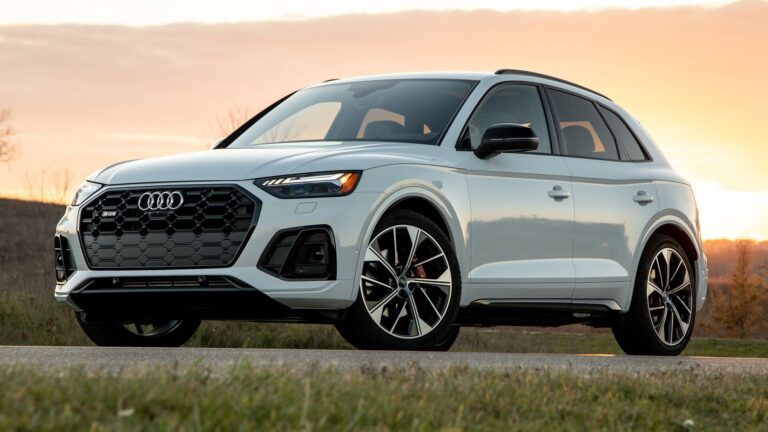
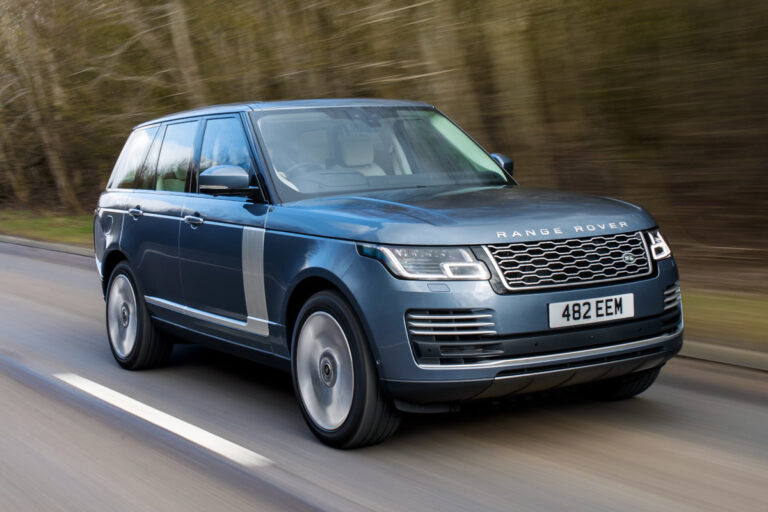
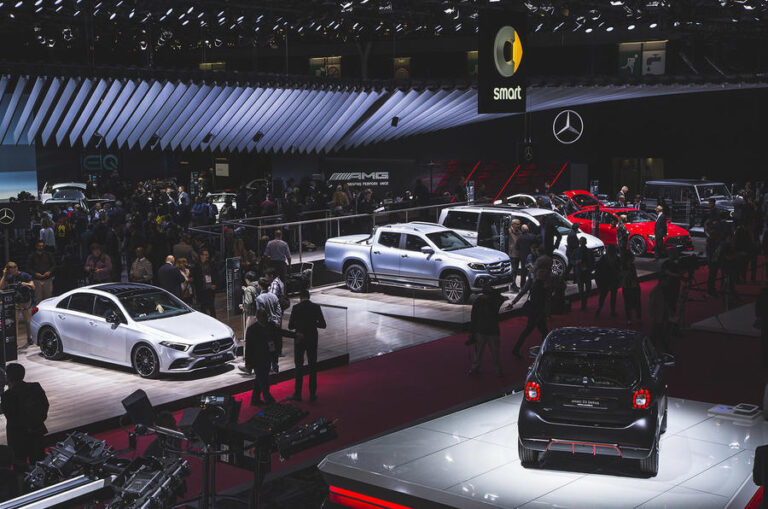
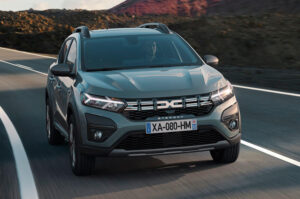 New Dacia branding
New Dacia branding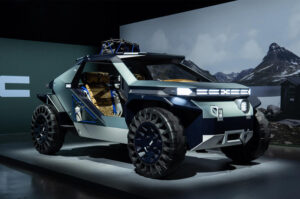 Dacia Manifesto
Dacia Manifesto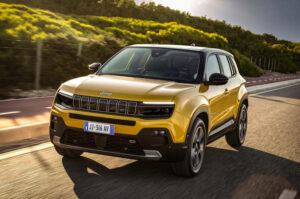
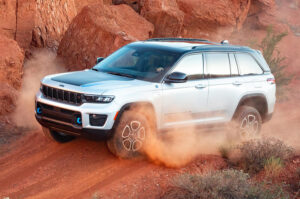
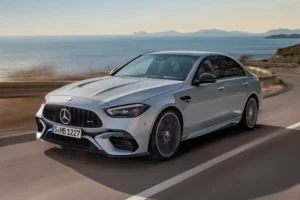 Mercedes-AMG C63
Mercedes-AMG C63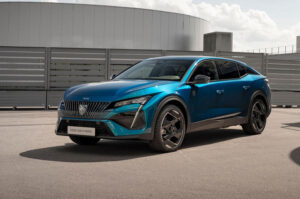 Peugeot 408
Peugeot 408


